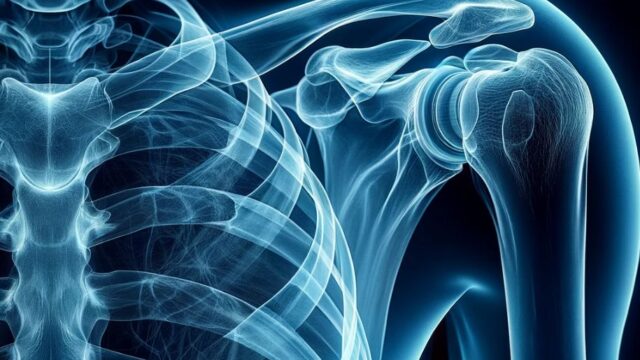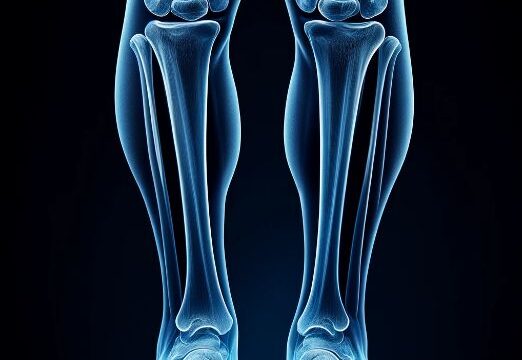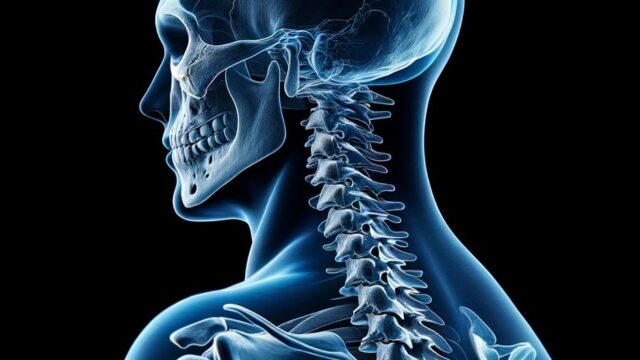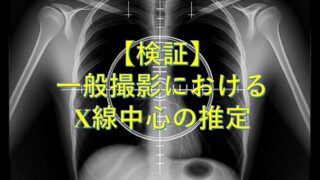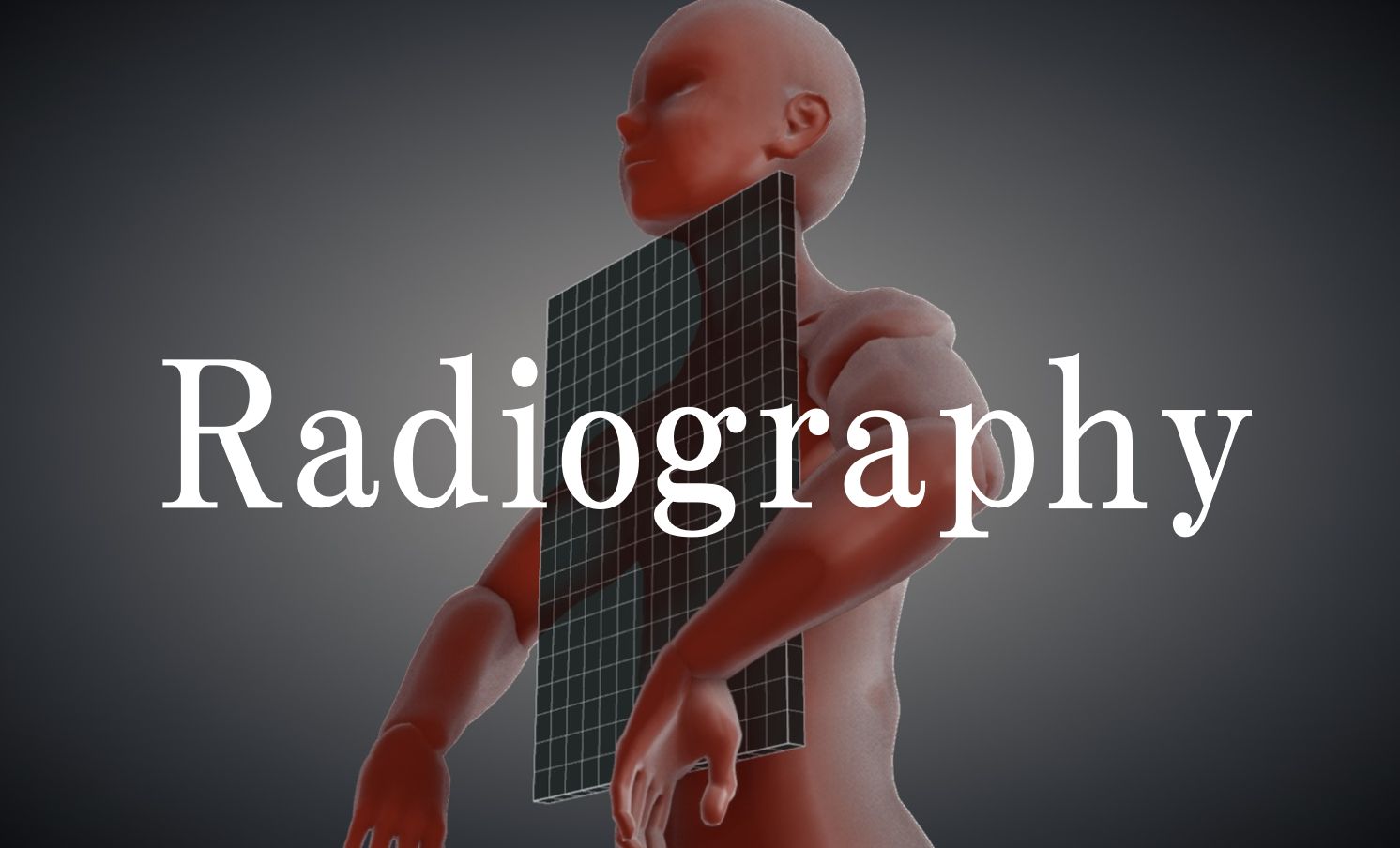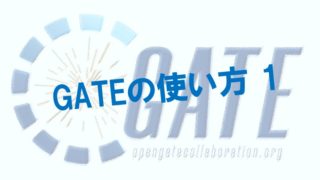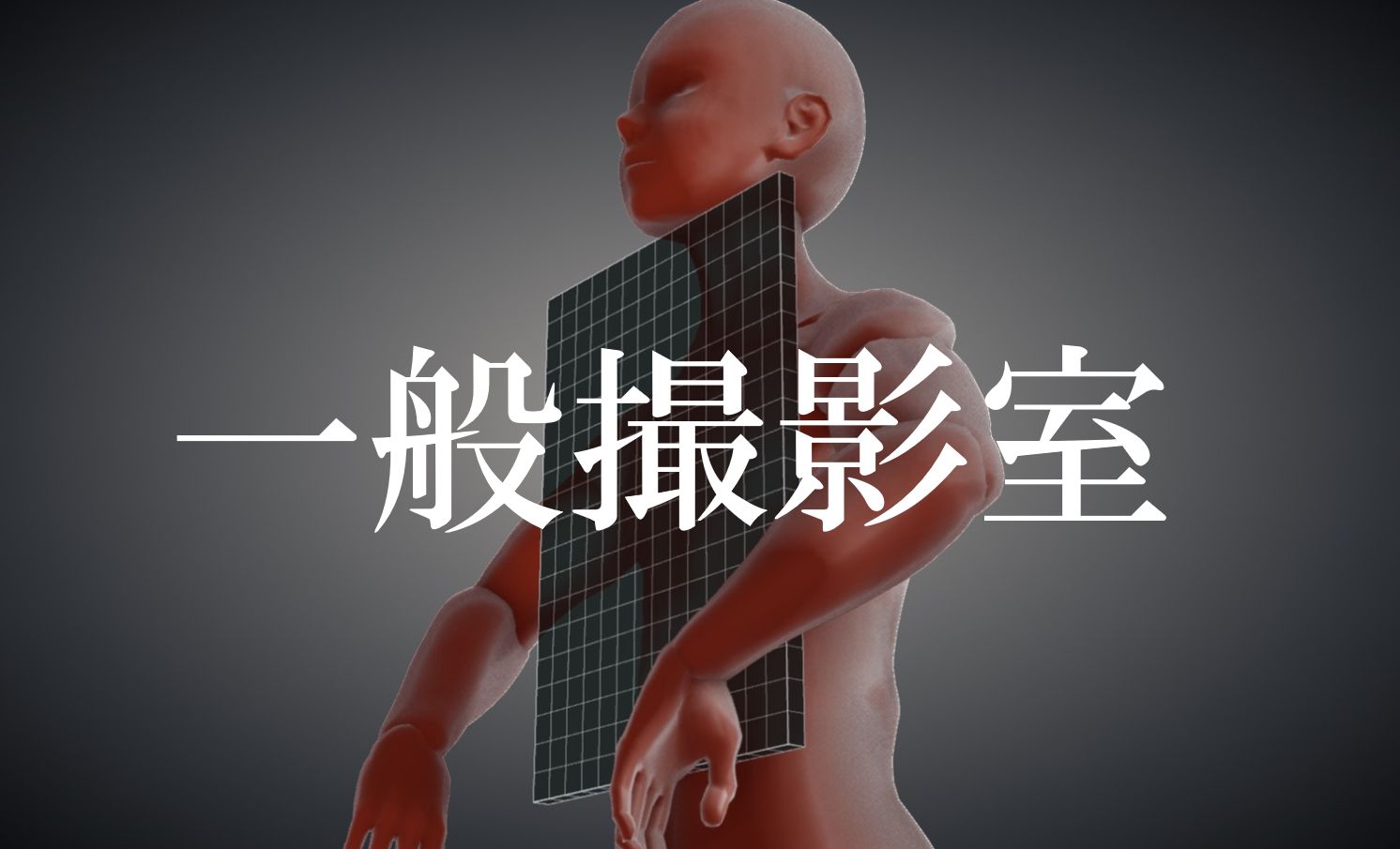Purpose
Lateral view of the acetabulum, femoral head and neck, and greater trochanters.
Useful for patients who are unable to move their lower extremities, such as those with traumatic injuries.
Prior confirmation
Observe frontal radiographs to confirm the presence of a fracture. If a fracture is suspected, the lower extremity should not be moved.
Check the angle of the femoral neck in relation to the body axis from the frontal view.
Remove any obstacles.
Positioning
Supine.
The patient is placed on a positioning block so that the femur is projected in the upper and lower centers of the film.
There should be no pelvic tilt (both anterior superior iliac spines equidistant from the bed).
The lower limb on the examining side should be extended and, if there is no risk of fracture, internally rotated (15 to 20°).
* If measuring the anterior torsion angle, the patient should be in the natural-position.
The upper edge of the cassette (head side) should be aligned 4 finger widths above the upper edge of the iliac crest. Alternatively, the shadow of a finger placed on the anterior superior iliac spine on the affected side should be projected onto the upper margin of the cassette 1/3 of the way up.
The cassette should be parallel to the femoral neck axis. Determine the angle from the AP view.
The grid should be oriented so that the lead slit of the grid is parallel to the femoral axis.
The non-affected lower extremity should be flexed at least 90° at the hip joint and placed on a support table; it should not be placed on the x-ray tube. This postural holding is painful and should be done last.
CR, distance, field size
CR : Oblique incidence toward the femoral neck at an angle perpendicular to the femoral neck axis.
Distance : 100cm
Field size : The area that includes the proximal 1/3 of the femur. The patient’s ventral-dorsal direction should be narrowed as much as possible to the extent that the ischial tuberosity on the affected side is included. (Narrowing the irradiation field has a significant effect in reducing scattered rays.)
However, if the purpose is to check the status of metals in the body, include them all.
Exposure condition
80kV / 50mAs
Grid ( + )
Image, check-point
Internal rotate(Radiopaedia)
Prosthesis and similar devices must be included.
Bone beams should be clearly visible.
Left and right markers should be included.
The femoral neck should be widely visualized without overlap with the greater trochanter or ischial tuberosity.
The acetabulum should be visible.
The soft tissues on the non-examined side should not overlap the observation site.
Shenton lines should be observable.
*Image processing may make it possible to observe areas that were overexposed or underexposed.
Videos
Related materials
Improper grid orientation (X-ray is blocked by the grid easily)
Correct grid orientation.
Garden classification (Figure)
The possibility of interruption of blood flow to the femoral head increases from type I to IV.
In type III or IV, artificial head insertion is the treatment of choice.







